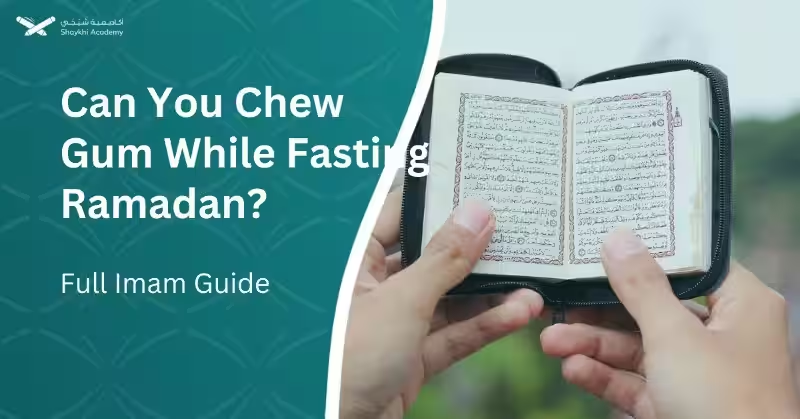
Learning the Arabic names for body parts is essential for anyone wanting to expand their knowledge of the language, understand human anatomy, or engage in medical discussions. This guide will cover common terms for various body parts, providing a foundation for more advanced language learning and a deeper appreciation of the human body.
Head to Toe: A Journey Through Arabic Body Parts
Our journey begins with the “رأس” (ra’s), the head. This vital part of the body contains many essential features, each with its own Arabic name.
The Face: A Canvas of Features
The “وجه” (wajh), or face, is a complex and expressive part of the body. Its numerous features include:
- “شعر” (sha’r): Hair, covering the scalp and often reflecting individual style and identity.
- “حاجب” (hajib): Eyebrows, framing the eyes and playing a role in facial expressions.
- “عين” (’ayn): Eyes, the windows to the soul, allowing us to perceive the world.
- “أنف” (anf): Nose, responsible for breathing and our sense of smell.
- “أذن” (udhn): Ears, enabling us to hear the world around us.
- “فم” (fam): Mouth, vital for speech, eating, and breathing.
Beyond the Face: The Neck and Shoulders
Connecting the head to the rest of the body is the “رقبة” (raqaba), or neck. This delicate part houses vital blood vessels and nerves.
The “كتف” (katif), or shoulder, forms the point where the upper arm connects to the torso, allowing for a wide range of movement.
The Upper Body: Arms, Hands, and Chest
Moving down from the shoulders, we encounter the “ذراع” (dhira’), or arm. This complex structure extends from the shoulder to the elbow and contains numerous muscles and bones.
The Hand: A Masterpiece of Movement
At the end of the arm lies the “كف” (kaff), or hand. It’s a marvel of functionality, allowing us to grasp, hold, and manipulate objects. The hand comprises:
- “إصبع” (isba’): Fingers, enabling precise movements and dexterity.
- “كف” (kaff): Palm, the flat surface of the hand, used for gripping and support.
The Elbow and Chest: Key Connection Points
The “كوع” (ku’a), or elbow, is the joint connecting the forearm and upper arm, allowing for bending and straightening movements.
The “صدر” (sadr), or chest, houses vital organs like the heart and lungs. It also plays a role in breathing and protecting these vital organs.
The Lower Body: From Legs to Feet
The “رجل” (rijl), or leg, extends from the hip to the foot, providing support and mobility. The leg consists of:
- “فخذ” (fakhdh): Thigh, the thickest part of the leg, providing strength and power.
- “ساق” (saq): Calf, the lower part of the leg, containing muscles crucial for walking and running.
Feet: Foundations for Movement
The “قدم” (qadam), or foot, is the terminal part of the leg, enabling us to stand, walk, and run. It comprises:
- “كعب” (ka’b): Heel, the back part of the foot, providing support and balance.
- “أصابع القدم” (asaabi’ al-qadam): Toes, allowing for flexibility and fine motor control.
The Abdomen: Center of the Body
The “بطن” (batn), or abdomen, located between the chest and pelvis, contains vital organs like the stomach, intestines, and liver. It is responsible for digestion, absorption, and excretion.
The Importance of Learning Body Parts in Arabic
Learning the Arabic names for body parts offers numerous benefits:
- Enhanced Communication: You can effectively communicate about health issues, medical discussions, and basic anatomy.
- Deeper Understanding: Gain a more comprehensive understanding of the human body and its intricacies.
- Improved Language Proficiency: Expand your Arabic vocabulary skills overall, leading to more fluent and natural communication.
Whether you are a student of Arabic, a healthcare professional, or simply interested in learning more about the human body, knowing these terms will enhance your understanding and communication skills.
Frequently Asked Questions about Body Parts in Arabic
What is the Arabic word for “head”?
رأس (ra’s)
What is the Arabic word for “hair”?
شعر (sha’r)
What is the Arabic word for “eyebrow”?
حاجب (hajib)
What is the Arabic word for “eye”?
عين (‘ayn)
What is the Arabic word for “nose”?
أنف (anf)
What is the Arabic word for “ear”?
أذن (udhn)
What is the Arabic word for “mouth”?
فم (fam)
What is the Arabic word for “neck”?
رقبة (raqaba)
What is the Arabic word for “shoulder”?
كتف (katif)
What is the Arabic word for “arm”?
ذراع (dhira’)
What is the Arabic word for “hand”?
كف (kaff)
What is the Arabic word for “finger”?
إصبع (isba’)
What is the Arabic word for “elbow”?
كوع (ku’a)
What is the Arabic word for “knee”?
ركبة (rukbah)
What is the Arabic word for “abdomen”?
بطن (batn)
What is the Arabic word for “leg”?
رجل (rijl)
What is the Arabic word for “foot”?
قدم (qadam)
What is the Arabic word for “heel”?
كعب (ka’b)
- Head: “رأس” (ra’s)
- Hair: “شعر” (sha’r)
- Eyebrows: “حاجب” (hajib)
- Eyes: “عين” (’ayn)
- Nose: “أنف” (anf)
- Ears: “أذن” (udhn)
- Mouth: “فم” (fam)
- Neck: “رقبة” (raqaba)
- Shoulder: “كتف” (katif)
- Arm: “ذراع” (dhira’)
- Hand: “كف” (kaff)
- Fingers: “إصبع” (isba’)
- Palm: “كف” (kaff)
- Elbow: “كوع” (ku’a)
- Knee: “ركبة” (rukbah)
- Abdomen: “بطن” (batn)
- Leg: “رجل” (rijl)
- Foot: “قدم” (qadam)
- Heel: “كعب” (ka’b)
- Thigh: “فخذ” (fakhdh)
- Calf: “ساق” (saq)
- Chest: “صدر” (sadr)
- Back: “ظهر” (dahr)
- Stomach: “معدة” (ma’idah)
- Liver: “كبد” (kibid)
- Heart: “قلب” (qalb)
- Lungs: “رئة” (ri’ah)
- Brain: “دماغ” (dimagh)
- Skin: “جلد” (jild)
- Bone: “عظم” (’azm)
- Muscle: “عضلة” (’adlah)
- Blood: “دم” (dam)
- Blood Vessel: “وعاء دموي” (wa’a’ damwi)
- Vein: “وريد” (warid)
- Artery: “شريان” (shariyan)








